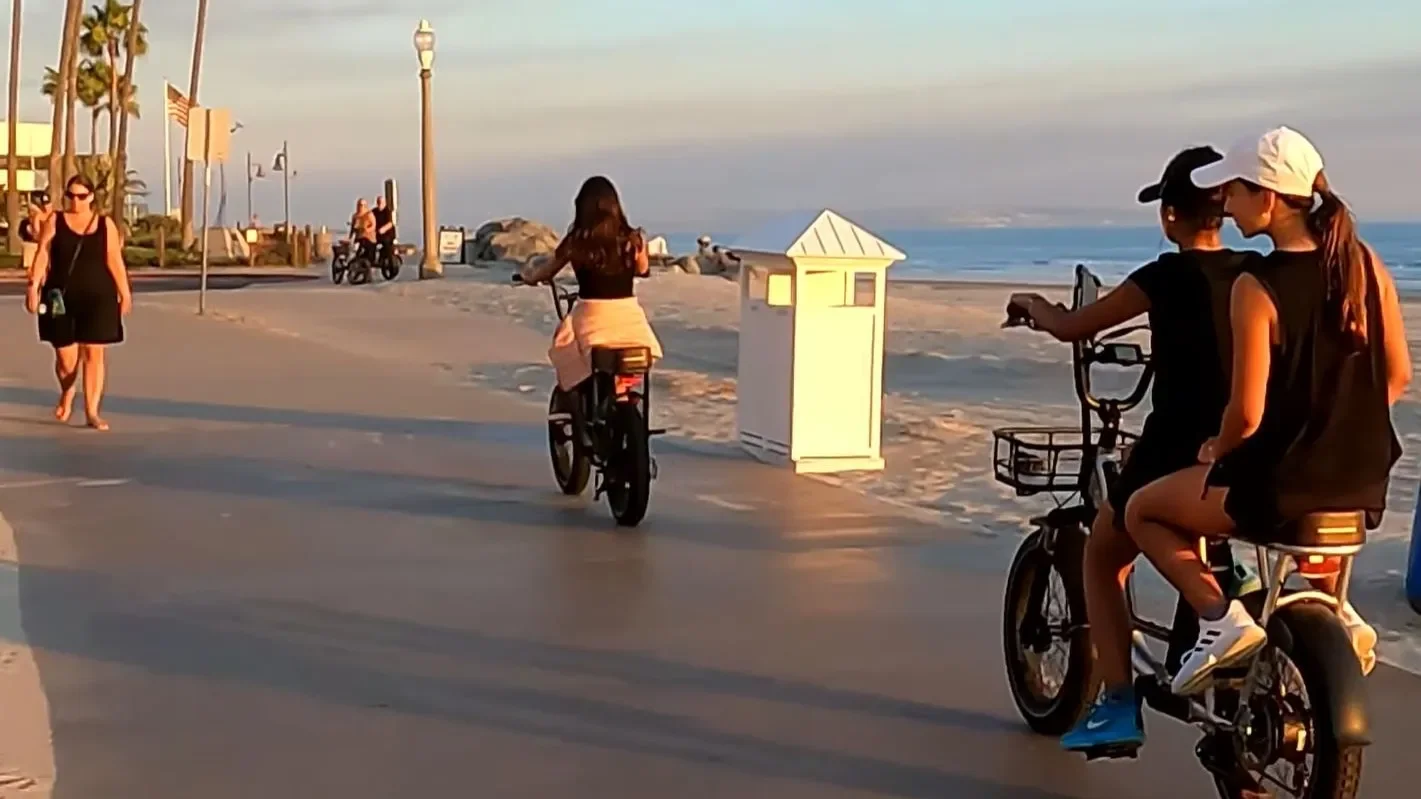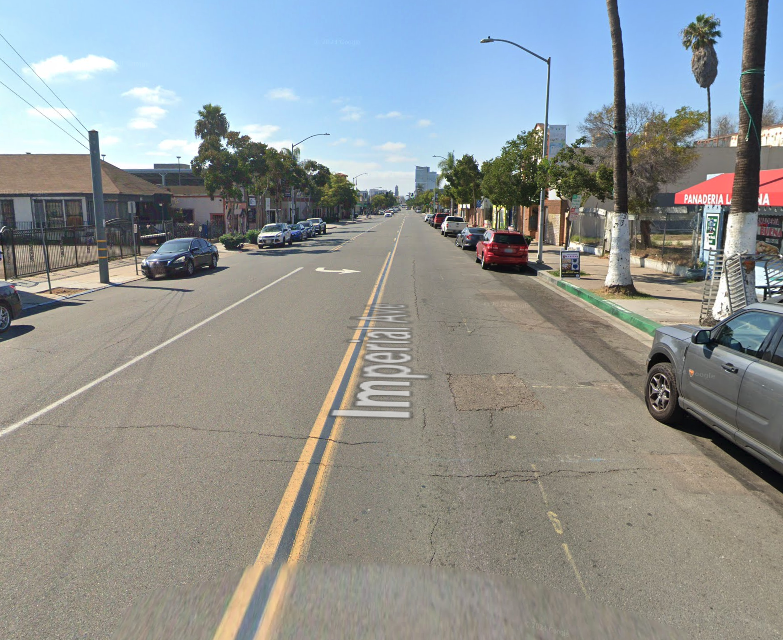
Member Q&A #4: The E-Bike Ordinance Landscape
Most bike and e-bike laws are set at the state level. However, Assembly Bill 2234 (2024) introduced new rules that allow cities to opt in. Read on to hear our response to Crystal’s timely question.

Member Q&A #3: Supporting Safer Streets in Clairemont
Michelle, a Clairemont e-bike commuter, asked about backlash to new bike lanes. We explained Clairemont Drive’s urgent safety needs, how protected bikeways benefit all users, and that improvements align with long-term planning. Supporters can help by contacting Councilmember Campbell, sharing facts, and engaging with the Community Plan.

Member Q&A #2: Why Vista’s Bike Lane Berm Removal Endangers Cyclists
Brian reached out for our perspective on Vista’s controversial removal of newly installed bike lane barriers. Coalition leaders Chloé and Ian shared their concerns about safety, cost, and precedent. Read their full responses and join the conversation!

Micromobility, Equity, and Vision Zero: What Chula Vista’s E-Bike Ordinance Is Missing
Our Advocacy Manager, Ian Hembree, recently spoke at the Chula Vista City Council to address concerns with the proposed e-bike ordinance. In his remarks, Ian called for a more comprehensive, equitable, and data-driven approach—one that doesn’t just penalize riders but actively improves safety through infrastructure and community engagement.

Member Q&A #1: Designing Safer Bikeways
Craig asked why we support parking-protected bike lanes, expressing concern about hazards like dooring and pedestrians on the Cardiff Cycle Track. Ian responded by affirming that parking-protected bikeways are recommended by experts and increase safety, but must be well-designed to avoid common issues. He explained how better daylighting, wider buffers, curbs, and sidewalk space can address concerns about visibility, dooring, and maneuverability. The problems seen in Cardiff are not inherent to the bikeway type but rather reflect compromised design. We continue to advocate for lane reductions on Coast Highway 101 to allow space for safer, more functional protected bikeways for all road users.

Vista’s Protected Bikeways: A Case to Keep Them
We recently rode the new Class IV bikeways on Melrose Drive in Vista and found them to be safe, comfortable, and well-designed. Protected lanes offered a dramatic improvement over unprotected sections, where people often resort to sidewalk riding. Concerns about pinch points and access proved largely unfounded. Yet despite broad public support, Vista’s City Council voted to remove the asphalt berms that provide critical separation from fast-moving traffic. This decision—made without safety studies or rider input—undermines the project’s success. Rather than removing protection, Vista should be expanding it to create a truly safe, connected bikeway network for all.

Vista's Protected Bikeways: Safer Streets, Healthier Communities
Vista’s new protected bike lanes, especially along Melrose Drive, are under fire—not because they’ve failed, but because they’re succeeding. These Class IV bikeways provide proven safety benefits by separating cyclists from fast-moving traffic, and were approved with strong public support. While some opponents claim they’re inconvenient or unattractive, research shows they reduce crashes by over 50%. Removing them would ignore years of planning and jeopardize progress toward Vision Zero and safer, more equitable streets. Ongoing support is essential to protect this investment in a healthier, more bike-friendly Vista.

Mr. Kevin Represents San Diego Cyclists at the National Bike Summit!
Visiting Washington, DC for the 2025 National Bike Summit was an eye-opener — a city where protected bike lanes, leading pedestrian intervals, and micromobility are fully normalized. Locals use bikeshare not because they’re “cyclists,” but because it’s the easiest way to get around, showing that good infrastructure drives behavior. What feels radical in San Diego is already reality in DC — proof that safer, more accessible streets are entirely possible.

California Has a Chance to Stop Dangerous Drivers in Their Tracks
Speeding is a major factor in traffic deaths, and current methods like license suspension fail to stop dangerous drivers. California Assembly Bill 981 offers a smarter solution by installing Intelligent Speed Assist (ISA) technology in the cars of high-risk drivers, physically preventing them from exceeding safe speed limits. Supported by advocates across the state, AB 981 is a targeted, life-saving approach that California urgently needs.

Imperial Avenue Bikeway: A Vital Investment for Southeast San Diego
The Imperial Avenue Bikeway Project is a transformational investment for Southeast San Diego, creating safer, more accessible streets for everyone—not just drivers. Despite concerns, bike lanes attract more customers, reduce traffic speeds, and provide affordable transportation options for underserved communities. Similar projects have revitalized neighborhoods like 30th Street in North Park, and Imperial Avenue has the same opportunity to thrive. Learn how this project supports businesses, improves safety, and enhances mobility for all!

